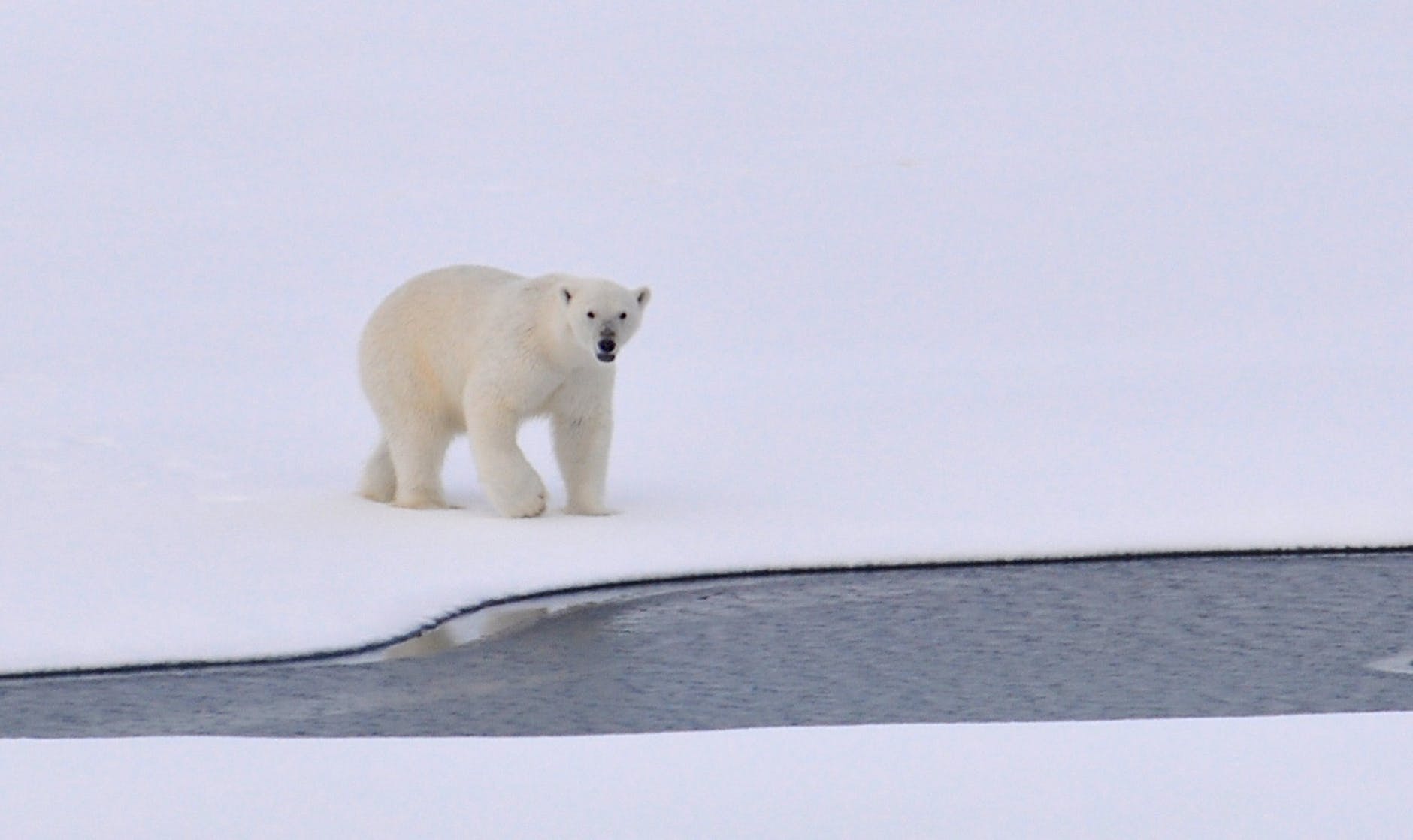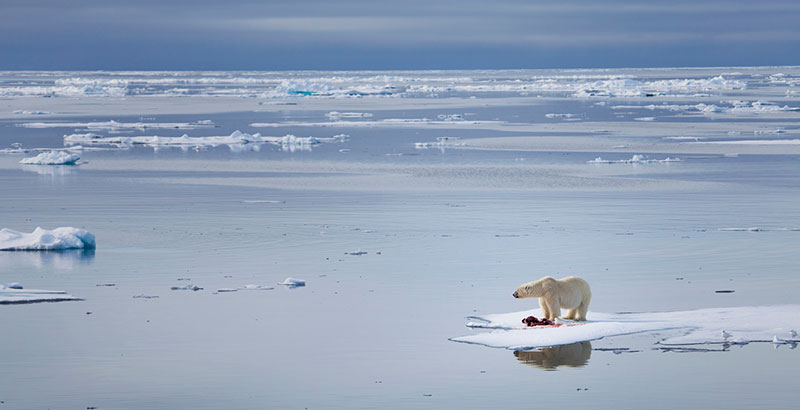First of all! What is the Paris climate agreement or why is it related to the SDG’S?
On December 12 2015, at COP 21 in Paris Parties to the UNFCCC (United Nations Framework Convention on Climate Change) reached a landmark agreement to combat climate change, to accelerate , to intensify the actions and investments needed for a sustainable low carbon future. This agreement brings together all nations into a common objective, to combat climate change and adapt to its effects with also an extra support to assist developing countries to do so as well.
The Paris agreement could fit into sdg number 13 CLIMATE ACTION

«Take urgent action to combat climate change and its impacts»
-United Nations
Every country has experienced the effects of climate change by now, greenhouse gases are still increasing and today are 50% higher than in 1990. Climate change is causing irreversible changes and the consequences can be also irreversible in the future if we don’t take urgent measures by now.
Thats why the Paris climate agreement exists, its central aim is to strengthen the global response to the threat of climate change by keeping a global temperature rise this century well below 2 degrees Celsius above pre-industrial levels and to pursue efforts to limit the temperature increase even further to 1.5 degrees Celsius.
The Paris Agreement addresses crucial areas necessary to combat climate change.


- Global peaking and ‘climate neutrality’ –To achieve this temperature goal, Parties aim to reach global peaking of greenhouse gas emissions (GHGs) as soon as possible, recognizing peaking will take longer for developing country Parties, so as to achieve a balance between anthropogenic emissions by sources and removals by sinks of GHGs in the second half of the century.
- Mitigation – Establishes binding commitments by all Parties to prepare, communicate and maintain a nationally determined contribution and to pursue domestic measures to achieve them. Parties shall communicate their NDCs every 5 years and provide information necessary for clarity and transparency. Each successive NDC will represent a progression beyond the previous one and reflect the highest possible ambition. Developed countries should continue to take the lead by undertaking absolute economy-wide reduction targets, while developing countries should continue enhancing their mitigation efforts.
- Loss and damage – The P. A recognizes the importance of averting, minimizing and addressing loss and damage associated with the adverse effects of climate change, including extreme weather events and slow onset events, and the role of sustainable development in reducing the risk of loss and damage.
- Finance, technology and capacity-building support – The P. A reaffirms the obligations of developed countries to support the efforts of developing country Parties to build clean, climate-resilient futures, while for the first time encouraging voluntary contributions by other Parties.
- Climate change education, training, public awareness, public participation and public access to information — is also to be enhanced under the Agreement.
Now, one day before the elections Trump makes it official, US is abandoning the Paris agreement
The US has become the first nation in the world to formally withdraw from the Paris climate agreement because of the unfair economic burden imposed on American workers, businesses, and taxpayers by U.S. pledges made under the Agreement. President Trump announced the move in June 2017, but UN regulations meant that his decision only takes effect today, the day after the US election.

The terrible, one-sided climate accord was a total disaster for our country,
Trump reiterated at an energy conference in Pittsburgh last year.
If Biden wins, this could change, Biden has pledged to rejoin the agreement immediately after being sworn into office.
Does the Paris Agreement benefit America?
In a short answer, It does!. It is good for American workers and companies as it creates business opportunities and reduces financial risks from climate change damages. It helps the most vulnerable people and reduces security threats from unfettered climate impacts.
We must wait for the best decision to be made once and for all, otherwise we will begin to see catastrophic disasters if we are not seeing them already.
Author: Nathalia Segovia

